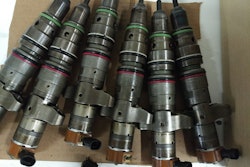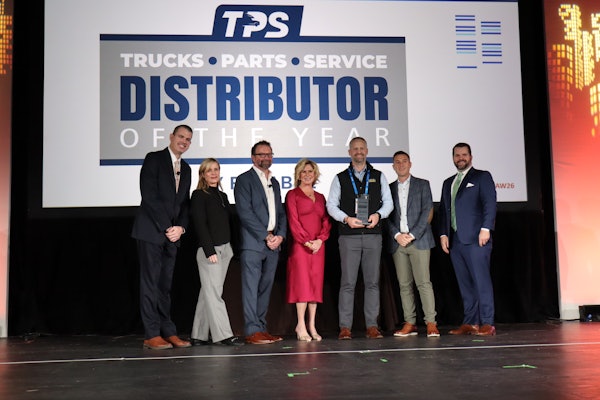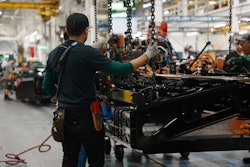Those who made the trip to HDAW 2019 know e-commerce has become the hot topic in the aftermarket. Turns out it’s a pretty hot topic in the fleet community as well.
Last month the American Transportation Research Institute (ATRI) published the results of a year-long study into e-commerce and how the purchasing method is impacting trucking. We publicized ATRI’s report on our website when it was released, so some of you may have seen it. For those who didn’t, here are some key takeaways from the comprehensive 49-page document.
I’d say the biggest takeaway doubles as the most obvious: e-commerce is exploding across all industries. ATRI’s research indicates e-commerce sales increased by 3,000 percent from 1999 to 2017 and now accounts for 9 percent of total purchases in the United States. Additionally, ATRI says the annual growth of e-commerce has ranged from 13 to 16 percent annually over the last five years. This rate outpaces the 1 to 5 percent annual growth rate for traditional retail sales.
Those numbers are impressive, but I’d say they also aren’t entirely surprising. We know e-commerce is on the rise. We see it in our businesses and personal lives each day.
Another intriguing fact from ATRI’s research was how much e-commerce is forcing changes to the shipping industry. Class 8 trucks aren’t going away, but the number of long-haul, cross-country routes are on a steady decline. Distribution is increasingly becoming an urban and regional game.
“The growing decentralization needed for e-commerce has created a considerable decrease in the average length-of-haul,” ATRI wrote in its report. “Longer inter-regional or national hauls are now being replaced by shorter intra-regional and local hauls. These dramatic decreases in trip lengths and odometer readings are being experienced by truckload, LTL and courier services, alike. In fact, the average length-of-haul for dry van truckloads has declined almost continuously since 2000, falling by 296 miles, or 37 percent.”
What does that mean for the aftermarket?
I can think of two major changes for your business. First, a growing van and medium-duty population means an inventory shift, particularly in urban markets. This means not only more parts for smaller diesel trucks, but also components for gas, hybrid and electric vehicles, as the short-route delivery space continues to establish itself as the proving ground for alternative-powered equipment.
Another key change comes in the form of timeliness and your speed to market.
As more delivery routes transition from hub-and-spoke distribution (from one large distribution center to a smaller warehouse or retail facility) to direct-to-consumer shipping, so too will your customers’ demands.
Carriers can’t swap out tractors to keep freight moving when that freight is loaded into a straight truck or delivery van. If that unit goes down, everything stops. Whether you’re selling parts or fixing trucks, your business must be prepared for that.
As ATRI noted in its report, “asset investments have changed to support the new delivery requirements. This is particularly true in the ‘last mile,’ as more motor carriers that traditionally specialize in TL and/or LTL operations are building their last-mile solutions to compete with the parcel carriers that currently dominate these deliveries.”
I don’t think we’re moving toward a reality where everything is sold online — at least, I sure hope we’re not — but this push to e-commerce is far from over. Don’t get caught wondering how it impacts you and fail to acknowledge how it’s changed your customers’ businesses as well.










